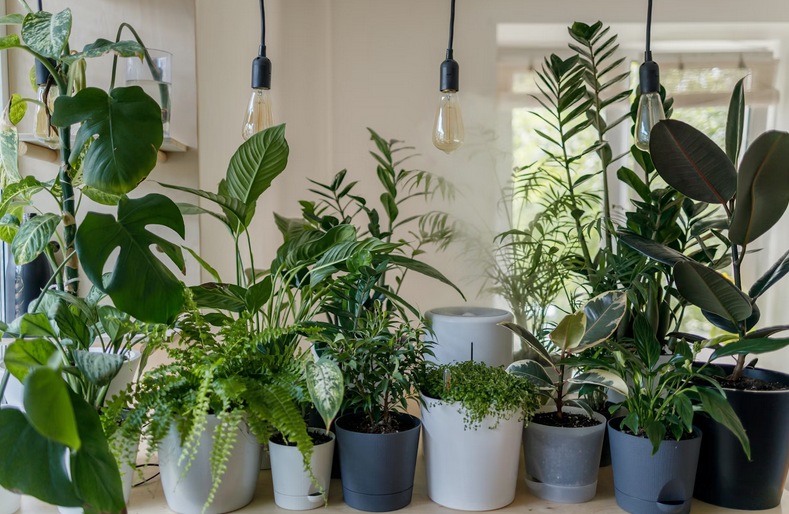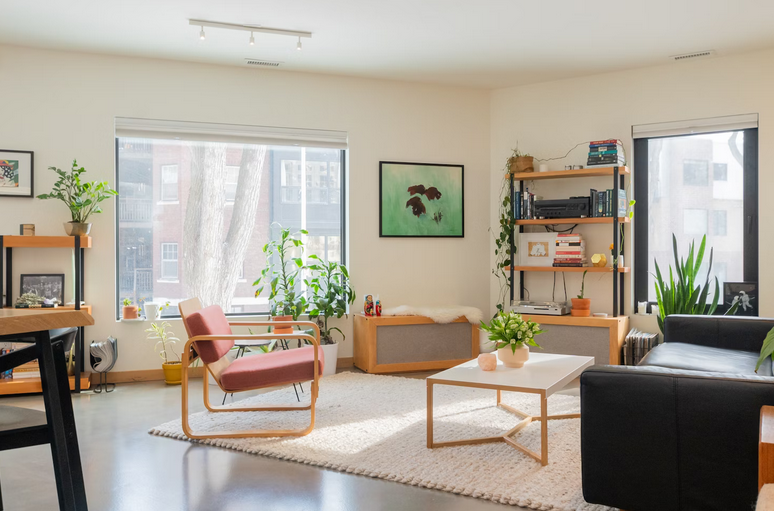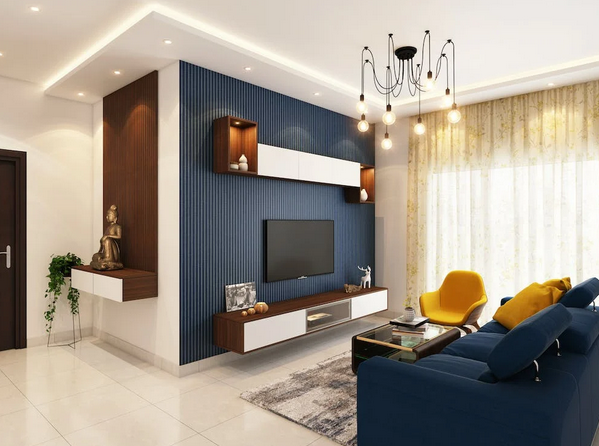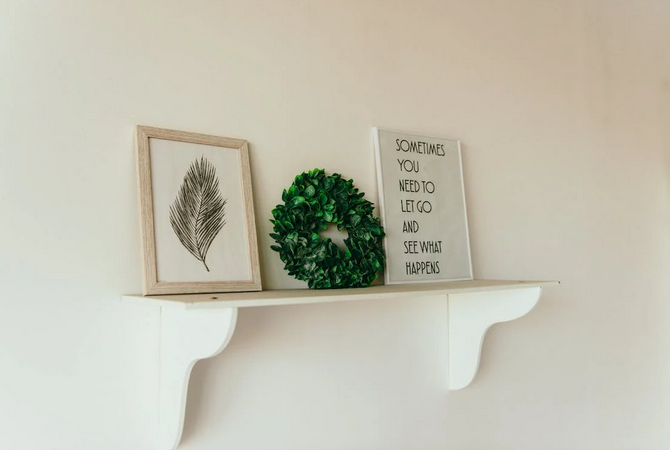Sustainable Style: How to Create an Eco-Friendly Interior
Creating a home that reflects your values doesn’t have to come at the expense of style. Sustainable interiors are not only fashionable but also beneficial for our planet. With rising awareness around climate change and environmental impact, many people are seeking ways to make their living spaces eco-friendly without sacrificing aesthetics. Imagine walking into a room filled with natural light, vibrant greenery, and furniture made from sustainable materials. It’s inviting yet responsible—a true harmony between comfort and conscience. Whether you’re redecorating or starting from scratch, there are plenty of easy ways to infuse sustainability into your interior design choices. Let’s explore some simple yet impactful strategies for transforming your home into an eco-conscious sanctuary that you’ll love coming back to every day.
Incorporate Energy-Efficient Lighting
Lighting plays a crucial role in setting the mood of any space. Choosing energy-efficient lighting brightens your home and reduces your carbon footprint. LED bulbs are a game-changer. They use significantly less energy than traditional incandescent lights and last much longer. This means fewer replacements, saving you both time and money. Consider incorporating natural light whenever possible. Large windows or strategically placed mirrors can amplify daylight, making spaces feel larger and more inviting while minimizing energy usage during the day. Dimmers add versatility to your lighting setup too.
Opt for Non-Toxic Paints and Finishes

Choosing non-toxic paints and finishes is crucial to creating an eco-friendly interior. Traditional paints often contain harmful chemicals that can linger in the air long after application. These toxins affect indoor air quality and pose health risks to your family. Non-toxic alternatives are widely available today. Look for low-VOC or zero-VOC options, ensuring minimal volatile organic compound emissions. Natural pigments made from minerals or plant-based sources can provide vibrant colors without the environmental impact. Finishing materials, such as sealants and varnishes, should also be carefully selected.
Incorporate Plants
Bringing plants into your home is one of the simplest ways to create an eco-friendly interior. Plants enhance aesthetics and improve air quality. Choose a variety that suits your space and lifestyle. Low-maintenance options like succulents or snake plants can thrive in various conditions, while ferns and pothos add lush greenery with minimal effort. Position plants where they receive appropriate light. A sunny windowsill or a bright corner can work wonders for their growth. Consider using biodegradable pots made from materials like coconut coir or recycled paper.

Select Eco-Friendly Furniture
Choosing eco-friendly furniture is a vital step toward creating a sustainable interior. Start by looking for pieces made from reclaimed wood or bamboo. These materials not only reduce waste but also bring a unique character to your space. Consider furniture that features low-VOC (volatile organic compounds) finishes. This helps improve indoor air quality, making your home healthier for you and the environment. Look out for certifications like Forest Stewardship Council (FSC). It ensures that the wood used comes from responsibly managed forests.
Creating an eco-friendly interior is not just about aesthetics; it’s a lifestyle choice that benefits the planet. By incorporating energy-efficient lighting, you’ll save on electricity while enjoying a well-lit space. Choosing non-toxic paints and finishes ensures a healthier environment for you and your loved ones. Transforming your home into a sustainable haven is both rewarding and achievable. Every small change contributes to a bigger impact, making embracing green living in style easier than ever. The journey toward sustainability begins at home, creating spaces that reflect our values while being kind to the Earth.…
Read more


